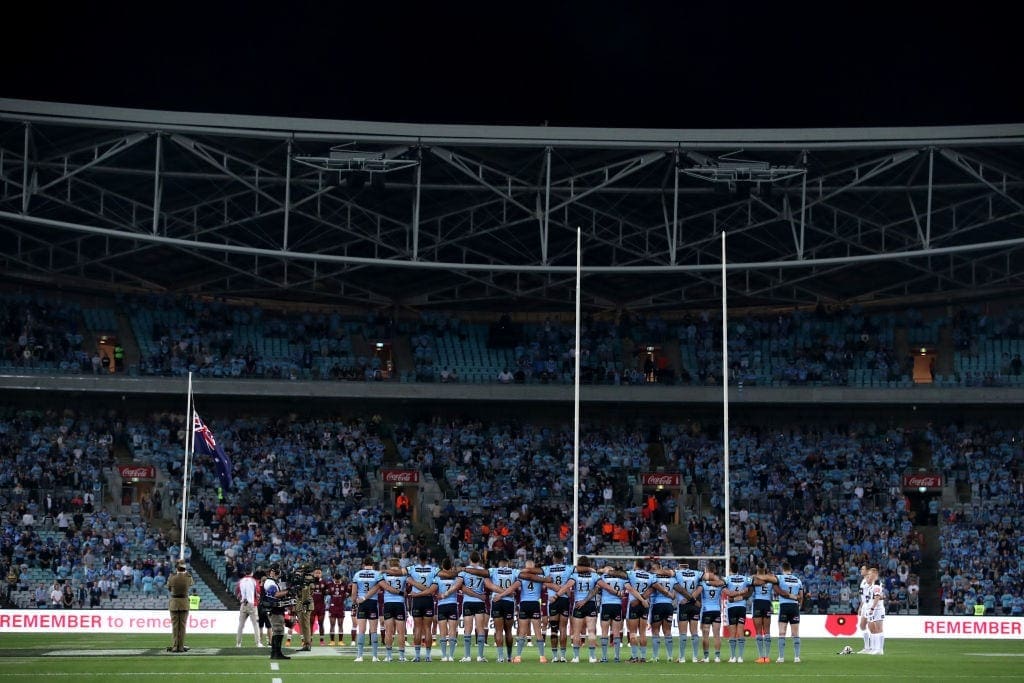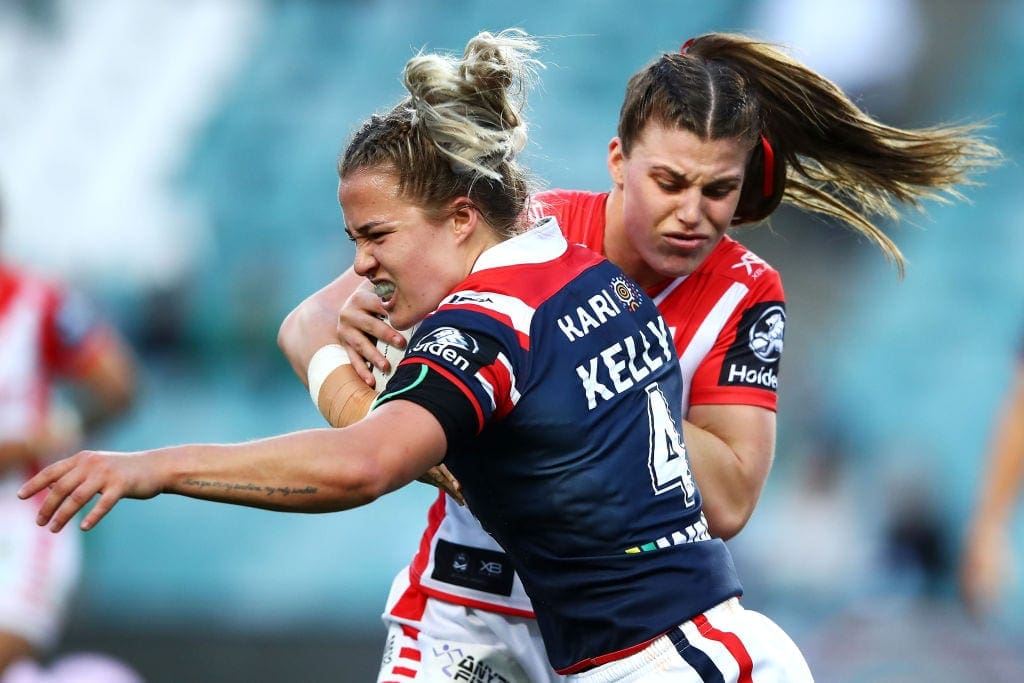The history of Australian rugby is more complicated than you might think. Let's quickly go through some of its basic divisions, starting with the difference between rugby league and rugby union, and then move into the complicated issue of the relation between NRL and ARL.
But even with all of these complex relations, it is clear that rugby, in all its variations, is one of the most popular sports in Australia, and is gaining popularity internationally.
League vs Union: the origin of the ARL
The two “codes” of rugby are “rugby league” and “rugby union”. Both codes share the same origin and a lot of the same rules but have some important differences between them. The most important one is a “league” rugby team consists of 13 players and a “union” team of 15 players. The differences are designed to make rugby league a faster sport, while, historically, union rugby was an amateur sport.
In Australia, the Australian Rugby League was established in 1907 by a group of Rugby Union players who were dissatisfied with the amateur ethos of the New South Wales Rugby Union.
They adopted not only the professional approach to the game but also rules set by the Northern Union of England. In 1909, an ultimate clash between the codes of rugby was organized when the Rugby League Kangaroos played against the Rugby Union Wallabies and won. The Kangaroos saw a huge growth in popularity that started in 1910 and continued throughout the rest of the century.
And, although, as we said, union rugby was historically run as an amateur sport, it would be wrong not to mention that, in 1995, formal restrictions on payments to players were removed. Since then, this code of rugby was also organized as a professional sport.
An example of this professionalism is the new Major League Rugby competition in the United States, established in 2018 - a top-level championship for rugby union clubs in North America. Since its establishment, MJR went through rapid expansion and is gaining popularity, although still not even close to the popularity of its relative, the NFL.
Although related to each other, as you can read on WSN.com, there are also other important distinctions between the two sports that go beyond their popularity in the US - starting with a very obvious difference in the gear that the players wear, among other things, like the number of teams, and players within a team, or the ways of moving the ball, and so on.

Super League war and the establishment of the NRL
The ARL's rule of Australian Rugby was undisputed for decades until the appearance of the Super League in the 1990s. This was an attempt of Rupert Murdoch's News Corporation to establish a new administrative body in charge of rugby league in Australia. This was a result of their unsuccessful attempt to buy the television rights to rugby league.
After two years of legal battles, Super League was played for one season in 1997, parallel to the ARL, and the next year, two bodies merged to form the National Rugby League.
The NRL was formed as a partnership between ARL and News Corporation's Super League, but in 2012, this partnership was dissolved and the independent Australian Rugby League Commission was established to control the NRL.
Today, the NRL is the top-level men's rugby league club competition in Australia and consists of 16 clubs. Matches are played from March to October, and the season ends with the NRL Grand Final – one of the most popular sports events in Australia. Eight of the clubs are based in Greater Sydney, three in Queensland, two in New South Wales, and one each in Australian Capital Territory, Victoria, and New Zealand. The whole league functions with no divisions or conferences, as a single group system.
NRL – the pinnacle of club rugby league
The NRL still has a very dynamic development. For example, in 2003, the Golden point was introduced as a way to decide the winner in a match that is level at 80 minutes. This means that five minutes are played, after which teams swap ends, and five more minutes are played (with no break). Any kind of score in this period secures a win for the team that made it, and the match ends at that point – in the final matches, the golden point period lasts 20 minutes.
Even more recently, in 2016, the bunker was introduced. This is an attempt to improve the accuracy and transparency of referee decision-making. An on-field referee indicates to the review officials a live decision and communicates to the bunker what they would like to be reviewed. After review officials go through individual camera replays and indicate their considerations, the senior review official will make the final decision which will then be displayed on the stadium video screen.
The most radical and welcome change though, was when, in August 2018, the inaugural NRL women’s season began, with the founding teams of the league being St George Illawarra Dragons, Brisbane Broncos, Sydney Roosters, and New Zealand Warriors.

As we can see, rugby has a very interesting and dynamic history in Australia. This is for sure one of the reasons for its popularity. And this dynamic character continues to this day, with the NRL not being afraid to introduce timely and welcome changes.






















